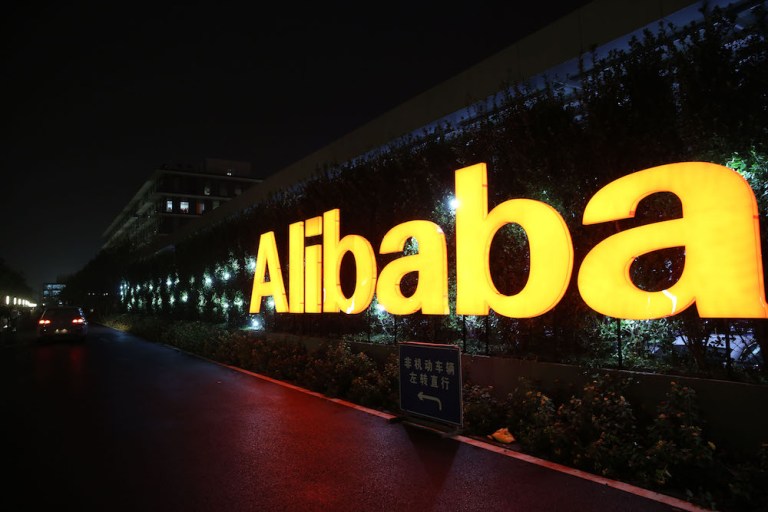
Alibaba pleased Wall Street with Q3 earnings figures coming in over expectations and a revised outlook for full-year growth denoting a highly positive perspective on the future. That large growth vision is seemingly pushed by expansion in two major areas: Chinese shopper spending and Alibaba’s recent foray into a variety of new businesses.
“The margins were better than expected,” said Billy Leung, a Hong Kong-based analyst at investment holdings company Haitong International Securities Co. “It’s definitely a positive for the company.”
By The Numbers
Alibaba’s sales clocked in at $8.3 billion (55.1 yuan), convincingly beating the $7.8 billion (52 billion yuan) analysts were expected pre-release. Core commerce, the largest slice of Alibaba’s business, bounced up a notable 63 percent, buoyed by Alibaba’s user base which now stands at a commanding 488 million active consumers on the Chinese retail marketplace.
As for the source of that growth, look to smartphones. According to the latest earnings release, mobile monthly active users are now at 549 million. Share price was also powerful this quarter — 8.57 yuan ($1.30) compared to the 6.90 ($1.04) yuan average in earlier estimates.
It appears Alibaba is looking toward big things yet to come, predicting a revenue increase of 49 to 53 percent rise in the current fiscal year. Revenue growth for the September quarter came in at 61 percent, its fastest rate as a public company, while mobile spending surged and its cloud division continues to grow.
The public markets liked what they saw, and shares in Alibaba climbed 3.5 percent in pre-market trade as a result.
What’s Next
The most immediate answer to that question is Singles Day, the largest shopping event on the Chinese calendar. Last year, the event brought in approximately $18 billion in Singles Day sales, crushing Black Friday and Cyber Monday put together.
More broadly, Alibaba has recently cast its net farther and wider, with billions in investments and a newfound focus on supermarket and department store retail, artificial intelligence (AI) and cloud computing. Revenue from Alibaba’s cloud computing business — a new area in which it will find itself in direct competition with its American counterpart Amazon — nearly doubled in the most recent quarter.
Alibaba CEO Jack Ma is also eyeing an expansion into physical retail with an ambition to hit the reset button on a $4 trillion sector. The vision is to change how retailers monitor inventory based on real-time demand, thus making multiple layers of middlemen redundant. With more physical stores in its network, Alibaba could theoretically both boost its online orders and gain access to a new data stream to better target and serve customers.
“We are seeing the early results [of] our efforts to integrate online and offline with our new retail strategy,” said chief executive officer Daniel Zhang in a statement.
To make that vision work, Alibaba, as of September, has taken direct control of its currently money-losing delivery business Cainiao. Over the next five years, the firm intends to spend $15 billion bettering and expanding its delivery network. That network currently serves approximately 2 million people across more than 600 cities.
And, why spend $15 billion once when one can spend it twice? Alibaba has announced it will drop the same amount into AI and quantum computing to improve its digital offerings. With its acquisition of Southeast Asian online shop Lazada Group SA, it might just have moved up its timeline to be in a direct head-to-head competition with Amazon on a global stage.
“Alibaba is doing really well in advertisement monetization, in that sense it’s more like a media company than an eCommerce company,” said Steven Zhu, a Shanghai-based analyst at consultancy Pacific Epoch, before the release. “The company’s ability to make money from its mobile app has improved significantly.”